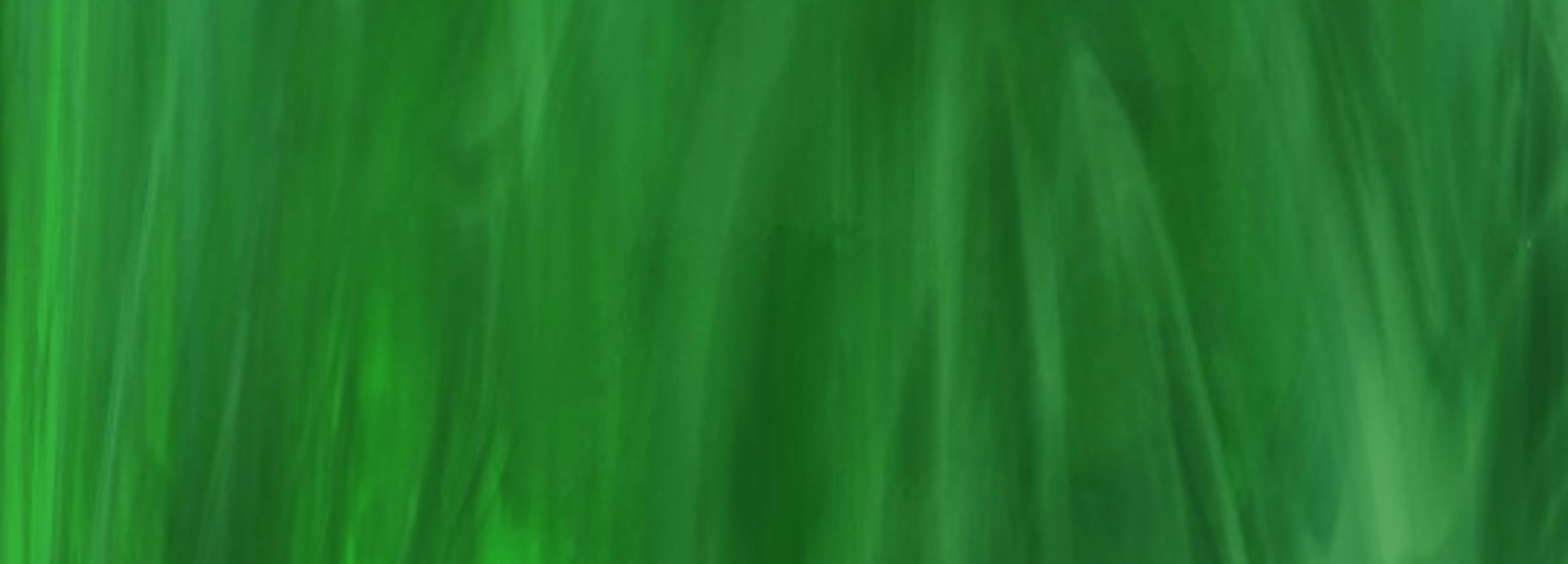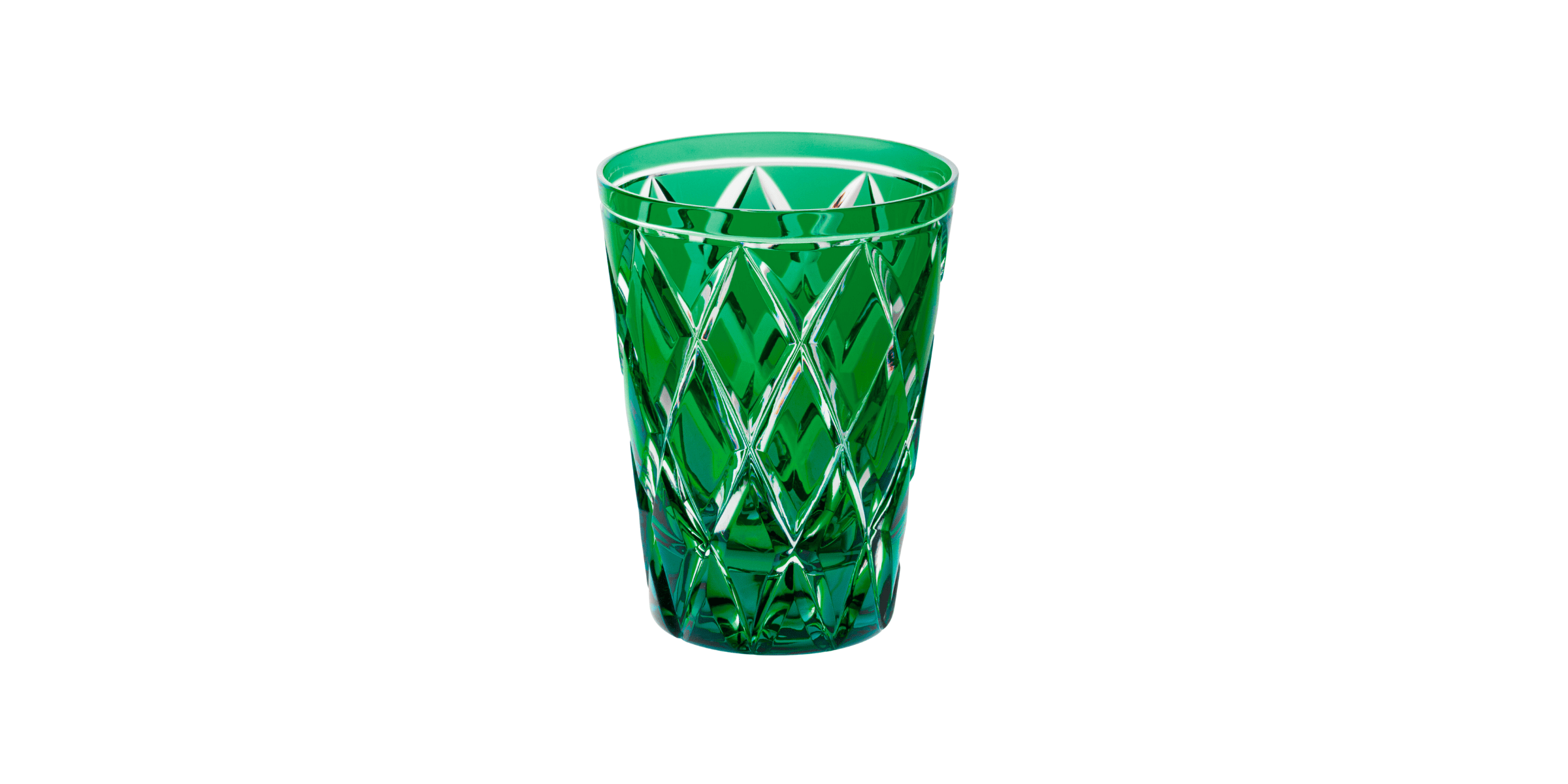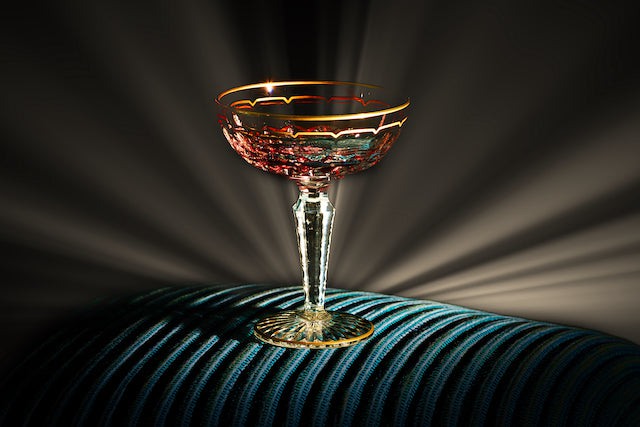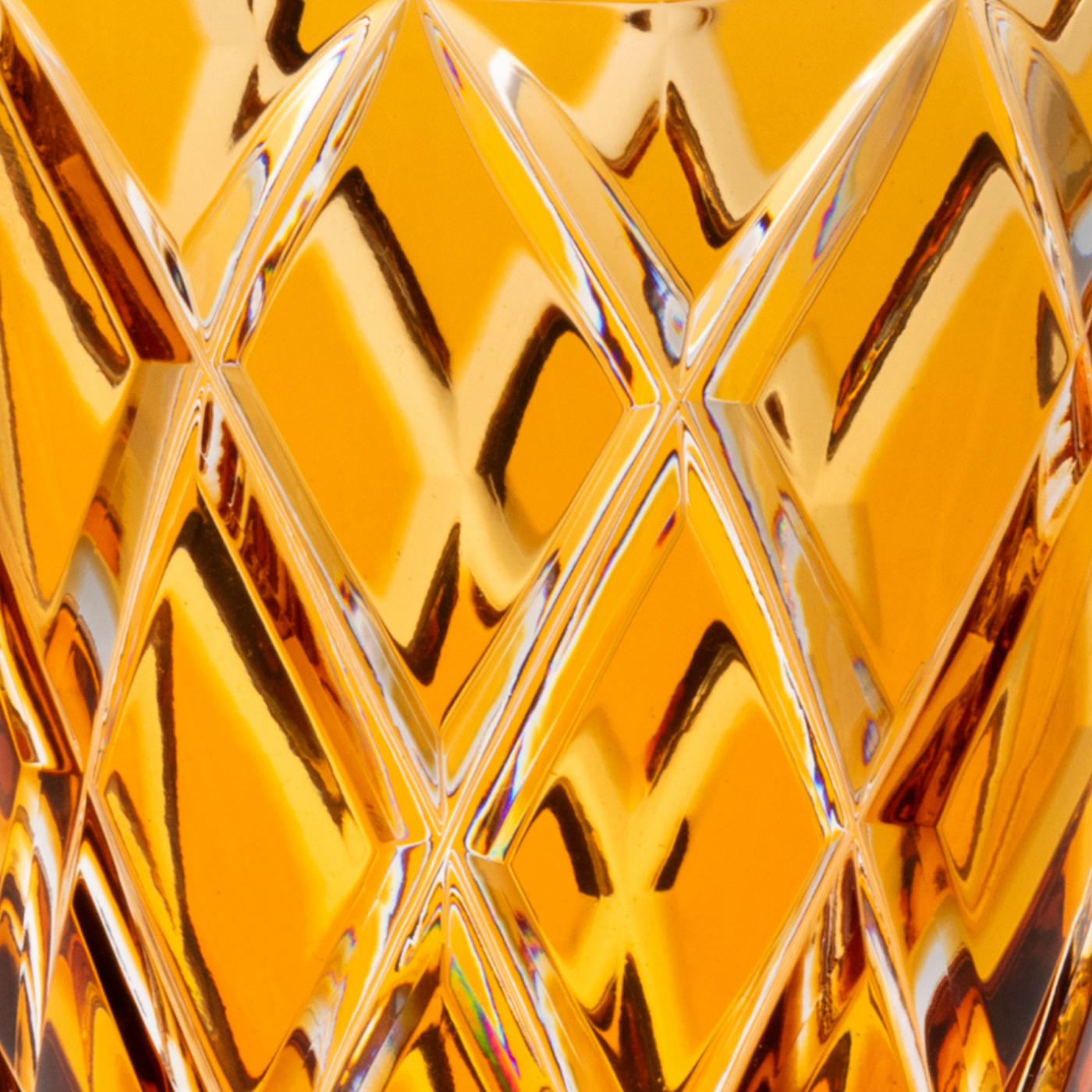
DARK GREEN
Dark green is one of the most elegant colours, but also one of the most paradoxical, as we'll explain below, indicating a wide range of possible uses.
HISTORY & ATTRIBUTES

Before

After
Named after the Anglo-Saxon word grene, meaning both "grass" and "to grow", green is today associated with two paradoxical elements: nature and the environment, but also finance and wealth.
Before the 16th century, the colour green was obtained from ferns, plantains and other plants, but the pigment tended to rub off quickly. Artificial pigments were not invented and used until the 18th century. Finally, green in the arts was often used to represent nature, but also specific emotions. Today, green is mainly associated with the environment.
Dark green is closer to nature, with its forest-green hue, but also denotes a delicate, elegant richness thanks to its highly coloured pigment.
HOW & WHY TO USE IT?
Dark green is a dominant colour in nature. Of all the colours on Newton's wheel, green is considered the most pleasing to the human eye. Green symbolises harmony, tranquillity and peace. With its relaxing and soothing qualities, it increases stamina and stability, and promotes optimism, hope and balance.
Dark green is no exception to these qualities, and even adds to the list the effect of providing a sense of security and calm, known to reduce anxiety. It also improves cognitive abilities, notably memory, optimism and problem-solving.
So, in interior design, dark green (and green more generally) brings a serene, positive energy, while at the same time denoting a subtle richness that underpins great elegance. Its associations with nature also make it an indefatigable colour that can be used without moderation.





